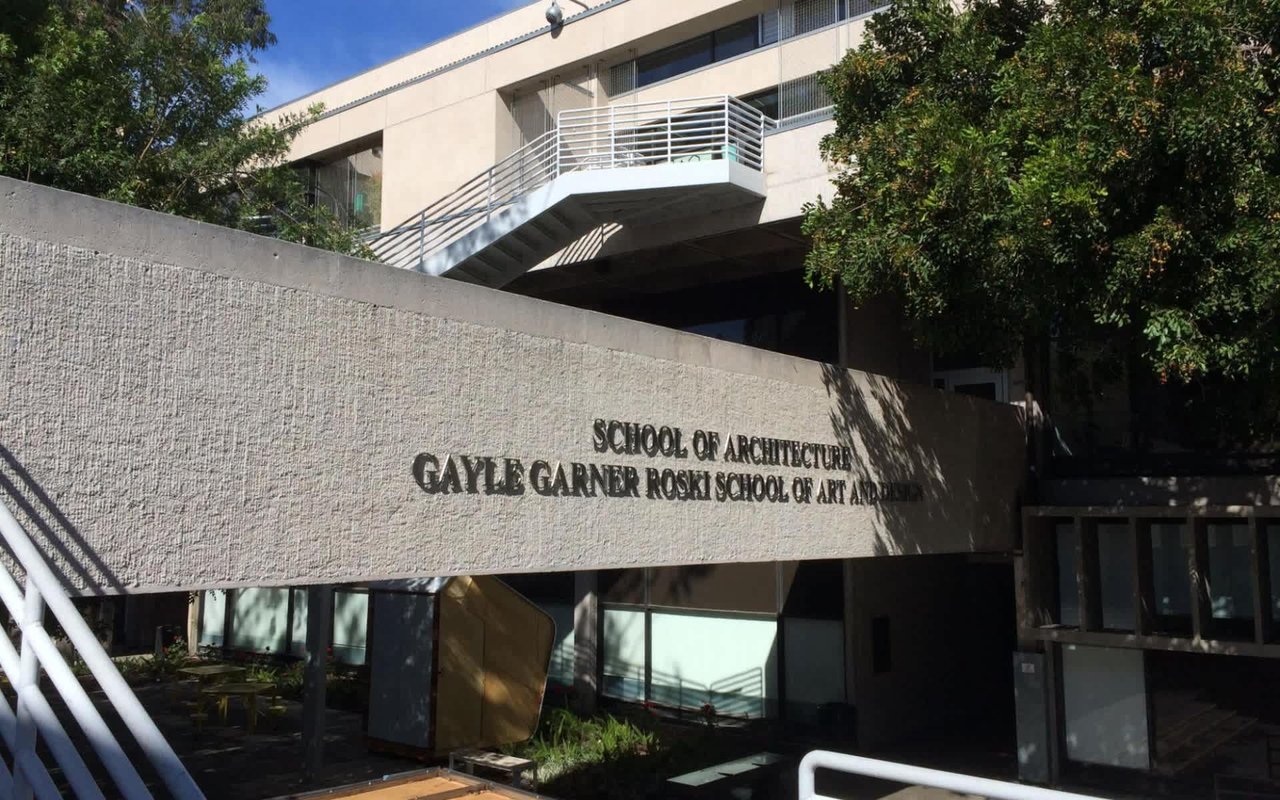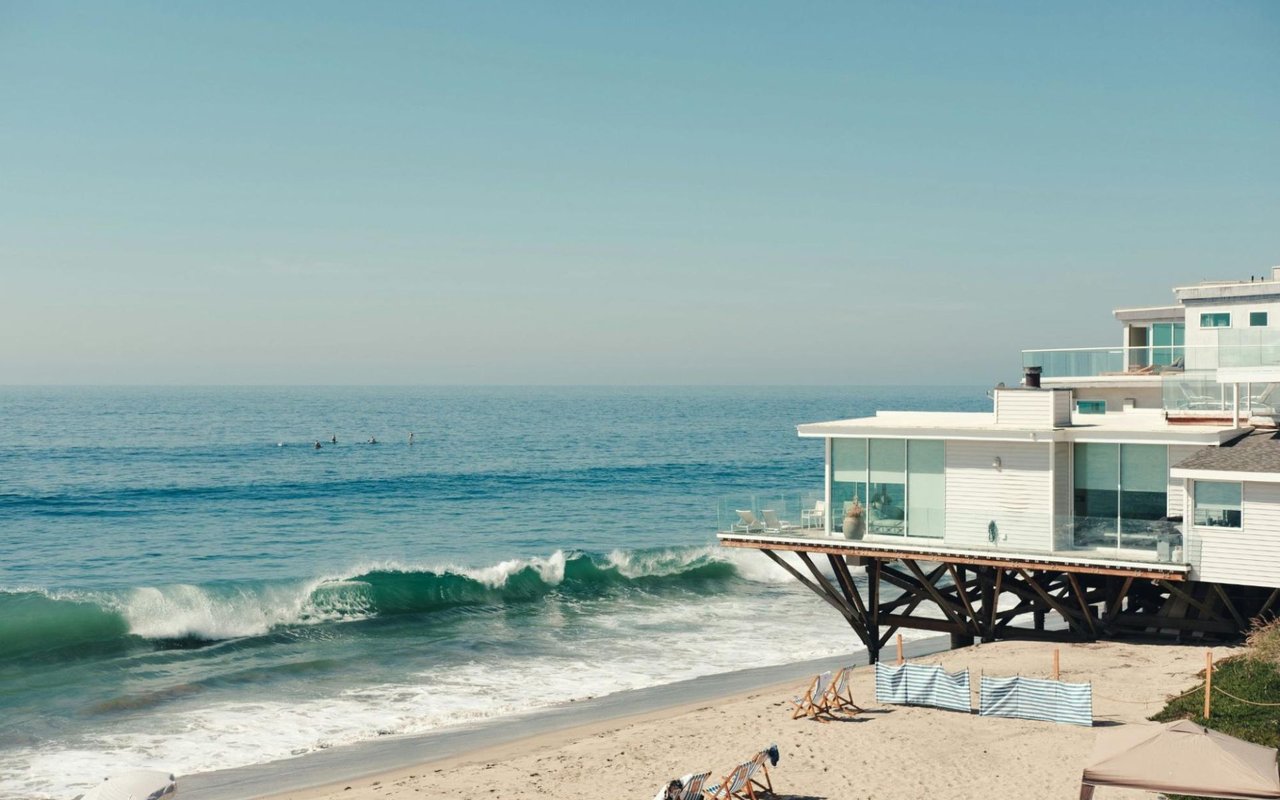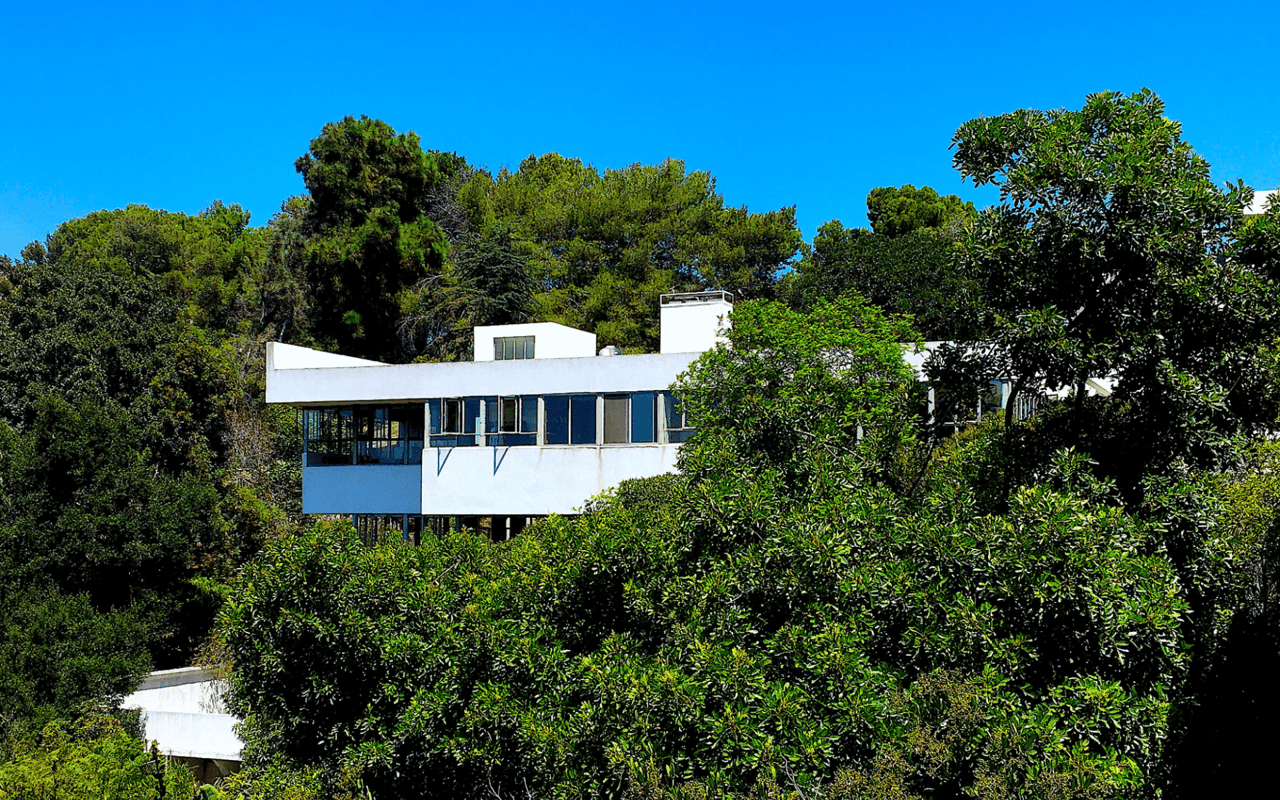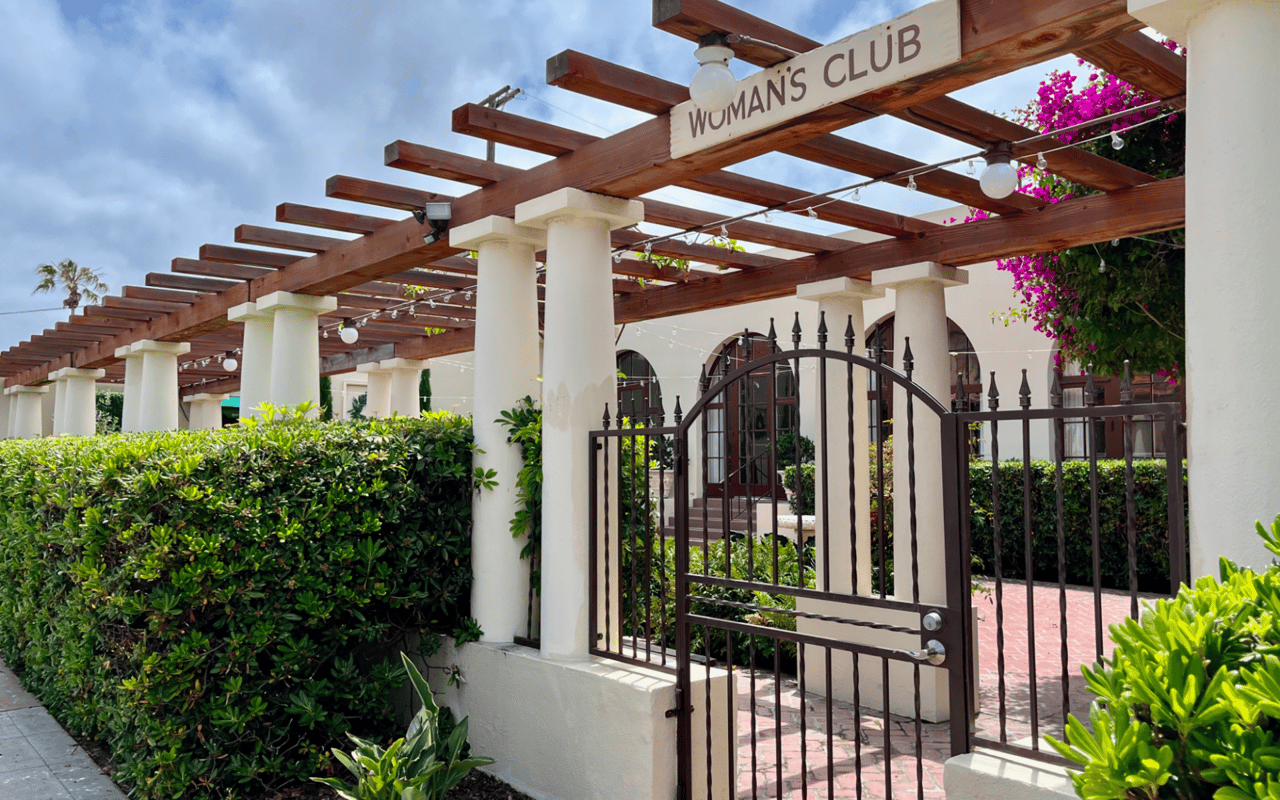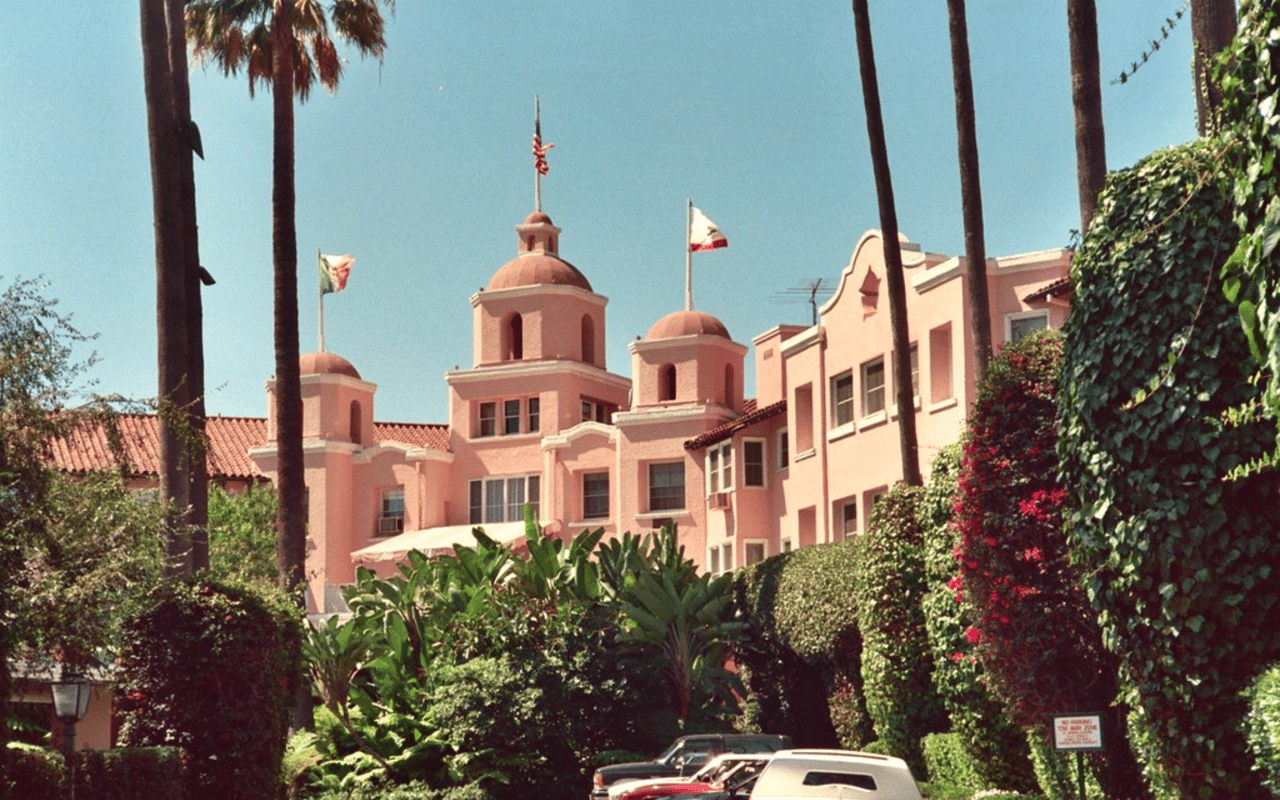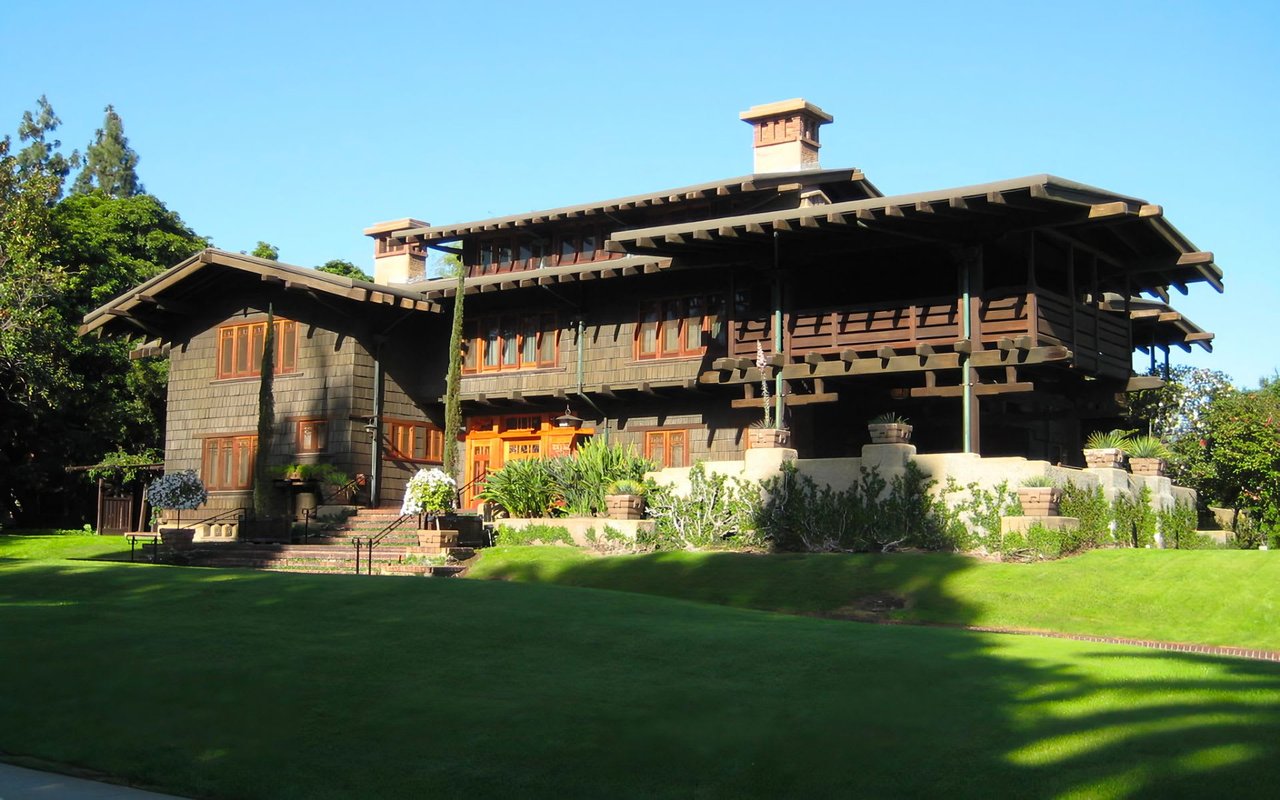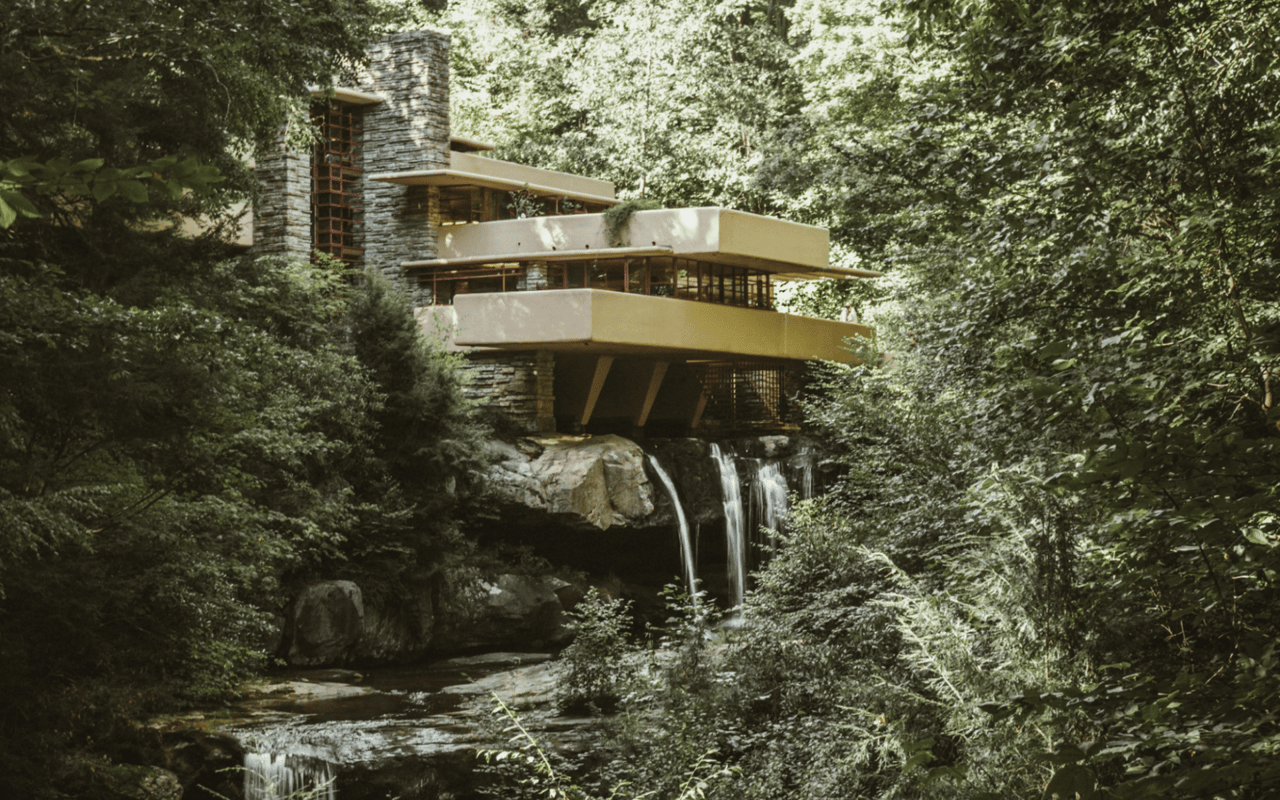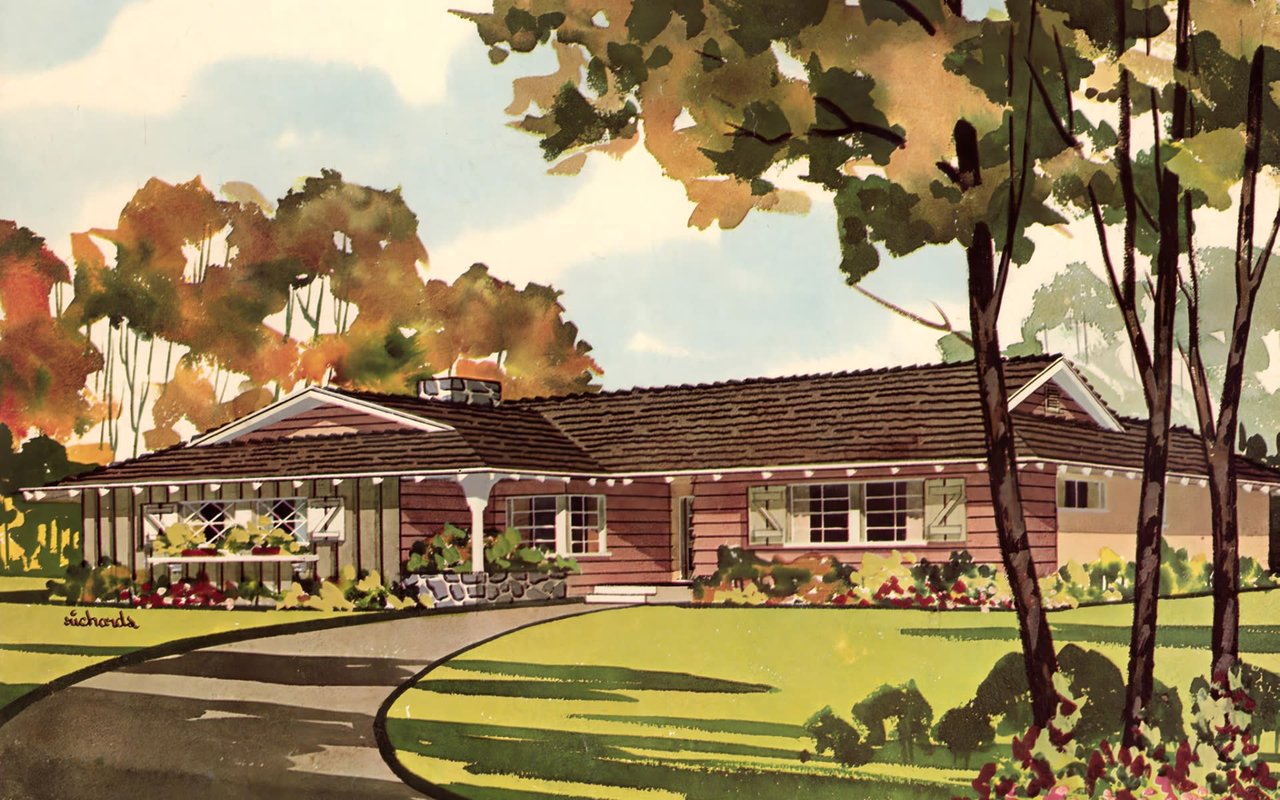Doug Rucker is synonymous with mid-century modern architecture, particularly in the Los Angeles and Malibu areas, where his innovative designs and keen sense of fusing structures with nature made him a prominent figure. Known for his post-and-beam construction and indoor-outdoor living concepts, Rucker has left an indelible mark on California's architectural landscape. His homes are celebrated for their aesthetic appeal and the harmonious manner in which they occupy natural settings—especially amongst Malibu's rugged terrain and coastal beauty.
Design Philosophy: A Dialogue Between Structure and Nature
Rucker's design philosophy is rooted in the belief that architecture should coexist with nature rather than dominate it. These ideas are evident in his use of natural materials such as wood, stone, and glass, which frame views of the surrounding environment and blur the boundaries between indoors and outdoors. His homes often feature expansive walls of glass, open floor plans, and visual cues working together to invite natural light and unite the interior spaces to their environment.
The post-and-beam construction style, a hallmark of mid-century modernism, allows for large, uninterrupted expanses of glass, which Rucker used to frame breathtaking views of the Pacific Ocean, mountains, and canyons. This style also emphasizes the structure’s skeleton, showcasing its construction rather than hiding it. Rucker’s work exemplifies this approach, making the architecture itself an artistic statement.
The post-and-beam construction style, a hallmark of mid-century modernism, allows for large, uninterrupted expanses of glass, which Rucker used to frame breathtaking views of the Pacific Ocean, mountains, and canyons. This style also emphasizes the structure’s skeleton, showcasing its construction rather than hiding it. Rucker’s work exemplifies this approach, making the architecture itself an artistic statement.
Contributions to the Aesthetics of Malibu and Los Angeles
Though Rucker was educated in the Midwest and earned a degree in architecture from the University of Illinois, Urbana-Champaign, in 1950, he soon gravitated west. First, he traveled to Denver, then San Diego, before finding work for L.A.-based architecture firms in the late 1950s. He opened his own firm in 1958, focusing primarily on L.A. County’s coastal regions, notably Malibu.
His homes often sit on rugged, difficult-to-build terrain, where the natural landscape dictates the design. Whether on a rocky hillside or perched atop a cliff, his structures appear as extensions of the earth, blending seamlessly into their surroundings. This connection to nature, along with the thoughtful integration of modern design elements, helped shape the unique aesthetic of Malibu and its reputation as a haven for mid-century modern architecture.
His homes often sit on rugged, difficult-to-build terrain, where the natural landscape dictates the design. Whether on a rocky hillside or perched atop a cliff, his structures appear as extensions of the earth, blending seamlessly into their surroundings. This connection to nature, along with the thoughtful integration of modern design elements, helped shape the unique aesthetic of Malibu and its reputation as a haven for mid-century modern architecture.
Notable Works
Responsible for more than 75 residential and commercial structures in Malibu, Los Angeles, and surrounding communities, Doug Rucker’s is an impressive portfolio. His most iconic projects include the following:
481 Cold Canyon Road, Calabasas
This mid-century modern home, originally designed by Rucker, gained renewed attention when it was featured as the home of Jackson Maine, played by Bradley Cooper, in the 2018 film A Star is Born. Nestled in the Monte Nido neighborhood near Malibu, this home exemplifies Rucker’s post-and-beam design philosophy. Constructed in 1973, the residence boasts extensive use of glass, skylights, and natural materials, blending the indoors with its scenic surroundings. The house’s open floor plan and expansive outdoor patio provide an ideal setting for entertaining, and the surrounding oak trees and rock outcroppings give it a dreamy, private, park-like atmosphere.
20520 Pinnacle Way, Malibu
Built into the rocky hillside of Malibu’s Big Rock Mesa, this unique residence showcases Rucker’s genius for designing homes that feel like part of the landscape. He executed the home's construction in such a way that the rocky outcrops of the hill form part of the structure—protruding into the home’s interior and creating a seamless integration between architecture and nature. The home features floor-to-ceiling glass walls, offering panoramic views of the Pacific Ocean, while its natural stone and wood materials blend perfectly with the rugged surroundings.
6375 Gayton Place, Malibu (The Water Tower House)
Perhaps one of Rucker’s most unique designs, the Water Tower House in Malibu, reimagines the original Malibu Water Tower as a luxury residence. Rucker transformed the industrial structure into a functional home, preserving its cylindrical form while adding contemporary living spaces, highlighting Malibu’s coastal views. The residence retains the look of a historical landmark while offering all the modern comforts of a mid-century home. Its sale in 2019 for over $4 million further underscores the enduring appeal of Rucker’s visionary work.
9761 Andora Avenue, Chatsworth
This 1964 Chatsworth residence is an excellent example of Rucker’s indoor-outdoor design philosophy. The home’s post-and-beam construction and floor-to-ceiling windows connect the interior spaces and the surrounding landscape. The house boasts wood-clad ceilings, an interior rock garden, and a central atrium that brings natural light into the living areas. Even today, the home retains much of its original mid-century charm, demonstrating Rucker’s timeless approach to architecture.
8527 West Brier Drive, Laurel Canyon (The Hogan Residence)
Rucker’s most well-known post-and-beam home is a quintessential example of Rucker’s work in Los Angeles. Known for its “treehouse” effect, the Hogan Residence appears to float above its Laurel Canyon location due to its design, which minimizes its footprint on the landscape. The house’s glass walls and natural wood construction blend effortlessly with the surrounding trees, creating a tranquil, almost ethereal living space. The residence earned the Los Angeles Historic-Cultural Monument designation in 2017, solidifying its place in the city’s architectural history.
Legacy and Enduring Influence
Though he may not be the most famous of Southern California’s notable architects, Doug Rucker’s work has a lasting influence on mid-century modern architecture, particularly in Malibu. His designs continue to resonate thanks to his ability to enhance a home’s natural surroundings and not diminish the landscape. He achieves this while offering functional, livable spaces, prioritizing light, openness, and environmental connection. Whether perched on a rocky hillside, nestled in a canyon, or incorporating existing natural or artificial elements, his homes remain sought-after examples of modernist principles executed with precision and creativity.
Ready to Explore More of Los Angeles' Architectural Heritage?
Doug Rucker's architectural vision transcends time, with homes as relevant and desirable today as when they were first built. His ability to design with both the landscape and the occupants in mind has earned him a place among the most respected mid-century modern architects in Southern California. Whether you’re a fan of architecture, a film buff, or someone who appreciates the integration of nature and design, Rucker’s work offers something to admire. And there are plenty of his and other notable mid-century residential creations to explore throughout Los Angeles.
Bill & Daniel Moss have represented architecturally significant homes for 40 years, including works by Craig Ellwood, Ed Niles, David Gray, Doug Burdge, and many other influential Architects. Bill and Daniel understand that these properties are a piece of art more than just a home, and those details are evident in every aspect of the residence. Bill and Daniel’s admiration and understanding of the nuances each of these architects used to create their independent identity allows them to showcase architecturally significant properties to the standard they deserve. If you would like to discuss finding a specific property or are fortunate to own one yourself, we would love to work with you.
*Header photo courtesy of Wikipedia
Bill & Daniel Moss have represented architecturally significant homes for 40 years, including works by Craig Ellwood, Ed Niles, David Gray, Doug Burdge, and many other influential Architects. Bill and Daniel understand that these properties are a piece of art more than just a home, and those details are evident in every aspect of the residence. Bill and Daniel’s admiration and understanding of the nuances each of these architects used to create their independent identity allows them to showcase architecturally significant properties to the standard they deserve. If you would like to discuss finding a specific property or are fortunate to own one yourself, we would love to work with you.
*Header photo courtesy of Wikipedia
